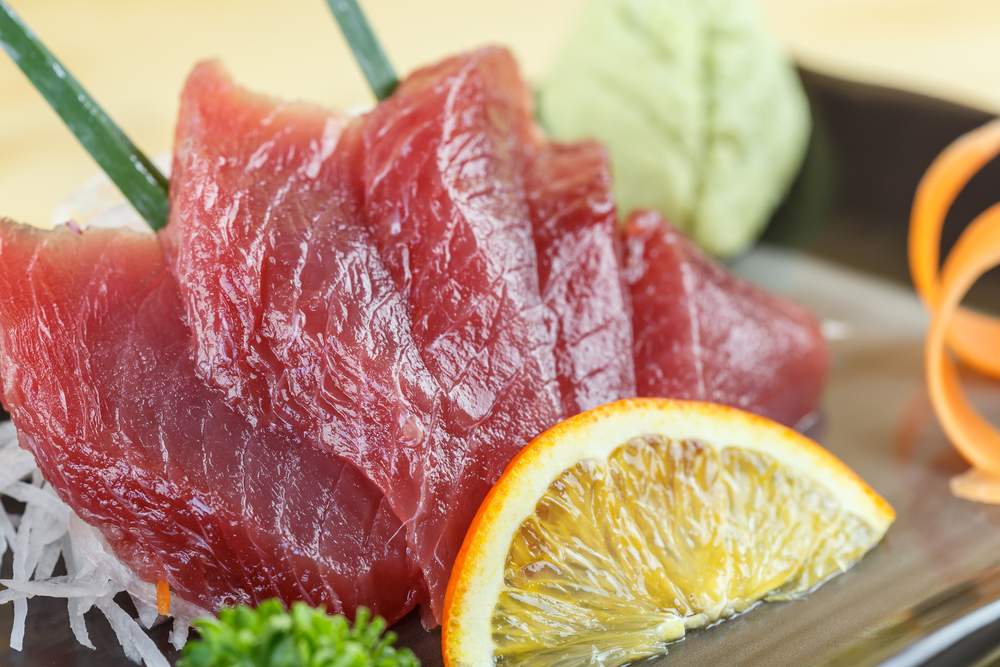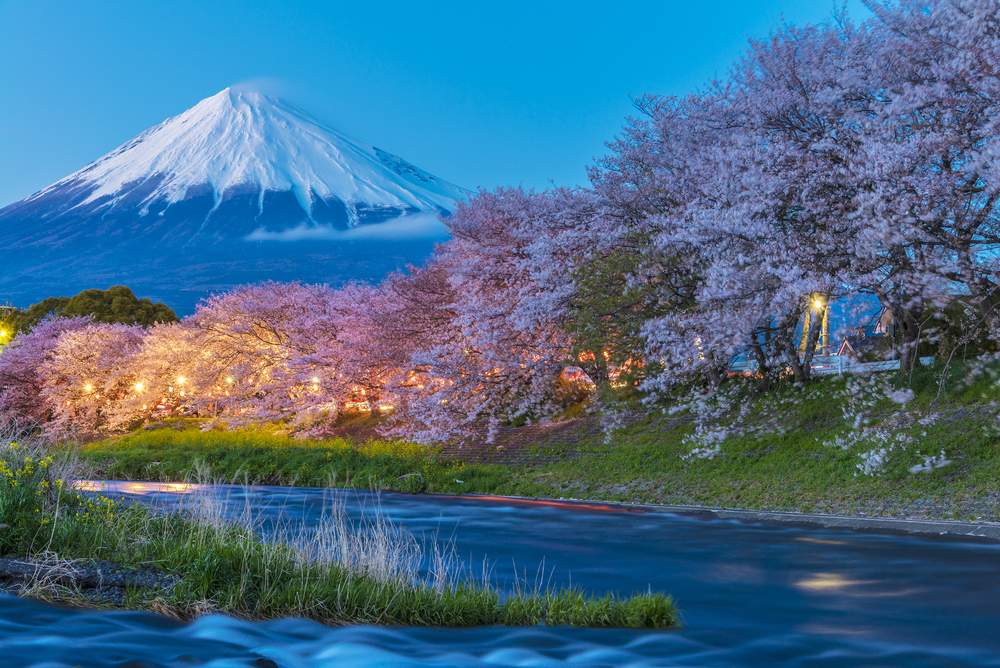The toughest thing about Japan is still just working things out. Even though tourism has exploded in the last few years, English is still of minor importance. Even in tourist areas, it’s an afterthought. As a traveler, the first thing you’ll notice is the predominance of indecipherable Kanji. The second thing you’ll notice is that even the small English underneath is hard to read and even harder to remember. Much to the confusion of non-Japanese speakers, Asakusa, Akasaka, Akasaka-Mitsuke and Akatsuka are all completely different stations on the Tokyo Metro!
Getting Around
If your travel destination is Tokyo, don’t bother with getting any kind of discounted travel pass. To get any value from these, you have to travel enormous distances (if you do plan to travel a lot in a short period of time, they’re actually very good value) or do a large number of trips in one day. Get yourself a stored value Pasmo or Suica card. They’re the same thing, but the first is sold by private railways and subways, while the second is sold by JR East. You’ll need to put down a refundable 500yen deposit (~$4USD), but your trips will be marginally cheaper than if you buy paper tickets. More importantly, you’ll be free of the complicated task of deciphering train fares before each trip. For trip planning, Google Maps is excellent, other mapping services, not so much. If you know the name of the station you need to get to, Jorudan is a useful route planning service in English.
Even if you’re hitting the sights, you’ll be lucky to spend more than 1,000yen/day (~$8USD) on the trains. Most of Tokyo is perfect walking scale. Tokyo Station, the Imperial Palace, Ginza and even Tsukiji are all within walking distance. On the other side of town, Harajuku, Omotesando and Shibuya are all in the same orbit. As a general rule, walking between subway stations generally takes between 5 and 15 minutes, so if you need to travel 8 stations then you should clearly take the train!
Getting Nourished

Tokyo lunches have to be one of the best deals in the world. Restaurants that charge 5,000 to 10,000 per person for dinner will quite often have 1,000yen lunch sets. So to get the best out of your budget, head to the gourmet places for lunch and go to the always cheap places for dinner. Always cheap are chain restaurants like Denny’s and Otoya, ramen, soba noodles and gyudon (beef on rice).
For pre-prepared meals, a supermarket bento is your best bet. If you happen to be at the supermarket mid afternoon, late evening or on a rainy day, then pre-prepared meals may go for up to 50% off.
If you go to Tsukiji Fish Market (as many visitors do) we recommend skipping the long lines and overpriced sushi and making your own. Most tourists just get in the way of the market traders with their bags and cameras without buying a thing, so it feels good to actually buy some fresh maguro tuna from them. For do-it-yourself kaisen don (sashimi on rice), you can pick up pre-cooked rice packs at a convenience store or supermarket. Every convenience store and supermarket has microwave ovens in store that you can use to heat the rice up. They’ll throw in free chopsticks and you can pick up wasabi and soy sauce for next to nothing. Place your cubed maguro on the rice with soy sauce and wasabi and enjoy one of the best seafood meals you’ve ever had. Other delectable toppings include uni (sea urchin) and shirasu (whitebait).
Getting Shelter
While not particularly overpriced by international standards, hotel rooms are most definitely on the cosy side. For this reason you shouldn’t really think of your room as a place to hang out and relax. Since it’s just a place to lay your head and get clean, you might as well go as cheap as practicably possible. Staying at capsule hotels and internet cafes will most definitely give you a unique cultural insight, but we’d recommend a hybrid capsule/hotel room for those looking to save some money. Examples of this are the “First Cabin” chain of super compact rooms such as First Cabin Akihabara or First Cabin Tsukiji. These are basically beds that take up the entire room with a sliding door to enter and exit. For more of a local neighborhood experience and a relaxing oasis to come back to after a day walking around the city, AirBnB is a good option with comfortable, centrally located apartments in the 8,000 to 12,000yen range. Keep in mind that there is a lot of demand for AirBnB accommodation in Tokyo and not much supply, so you should book well in advance.
Getting Down with the Locals

If you’re around on a weekend, festivals are a great way to get a taste of the culture and also to catch the locals with their hair down. From Cherry Blossom season (at the end of March) through to the end of the year, there are likely to be half a dozen festivals on around the city each weekend. August is the peak for such events, which makes up somewhat for the hotter-than-the-tropics weather.
For meeting people, you could try the direct approach in bars or clubs in Shibuya, Shinjuku, or Roppongi. If heading to Roppongi, know where you’re going and don’t follow the touts. Tokyo is renowned for being a safe city but its sleazy undercurrent is not far from the surface in Roppongi (also in Kabukuicho next to Shinjuku). Another way to make connections is through meetup groups. Meetup.com has a small but active community in Tokyo. On any given night you should be able to find an interesting meet-up. As is the norm in Japan, alcohol is likely to be a part of any after hours get together. Unless it’s the very reason for the meet-up, you are of course welcome to abstain.
Getting Work Done
If staying productive while on the road is your thing, Tokyo provides a few options depending on your working style and your budget. Nice cafes with power outlets for charging devices and free wi-fi aren’t ubiquitous, but most neighborhoods are blessed with at least one or two such places. You can find an extensive list here. Starbucks too, despite its corporate blandness, provides an oasis from the summer heat and the winter cold, and almost every store has free wi-fi. Make sure you sign-up for Starbucks wi-fi in advance. Ironically you can’t sign up for Starbucks wi-fi using Starbucks wi-fi.
If you need somewhere a little more formal, minus the passive aggressive shop staff cleaning vigorously around the latte you bought 3 hours ago, there are plenty of co-working spaces dotted around the city. The biggest concentration is around Shibuya. Most have either half day or full day plans available. A full day typically costs 1,000 to 2,000yen (~$8-$16USD). Occasionally there is a “joining fee” of 1,000yen or so, and sometimes there is free coffee and refreshments. For a list of co-working spaces in Tokyo, go here.
Getting the Guide
If you’re after a concise guide that helps you to enjoy Tokyo to the fullest on a budget, we’ve got some bad news and some good news. The bad news is that it doesn’t exist yet. The good news is that Tokyo Cheapo, the people behind tokyocheapo.com, are running a crowdfunding campaign to get it written. You can support the campaign by going here.
Resources and more info
- Things to do: Timeout Tokyo
- Art: Tokyo Art Beat
- Gaijin Pot: blog with some some entertaining and sometimes practical content about life in Japan.
- Tokyo Cheapo: Practical advice for enjoying Tokyo on the cheap
Greg is a co-founder and regular writer for Tokyo Cheapo – a guide to getting the best value while living in or travelling to Tokyo. Originally from New Zealand, Greg has been poking around the greater Tokyo area for more than 15 years in search of the best deals and cheaper craft beer. You can utilize Greg’s expertise by liking Tokyo Cheapo on Facebook and following them on Twitter.
Photo credits: TTstudio, Curtis Barnard, skyearth, nanD_Phanuwat.